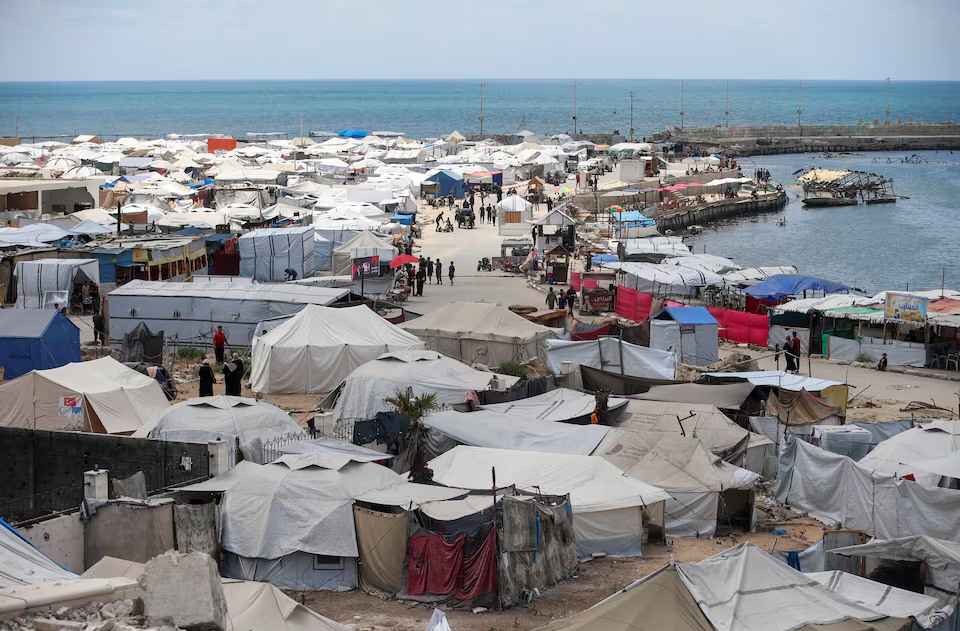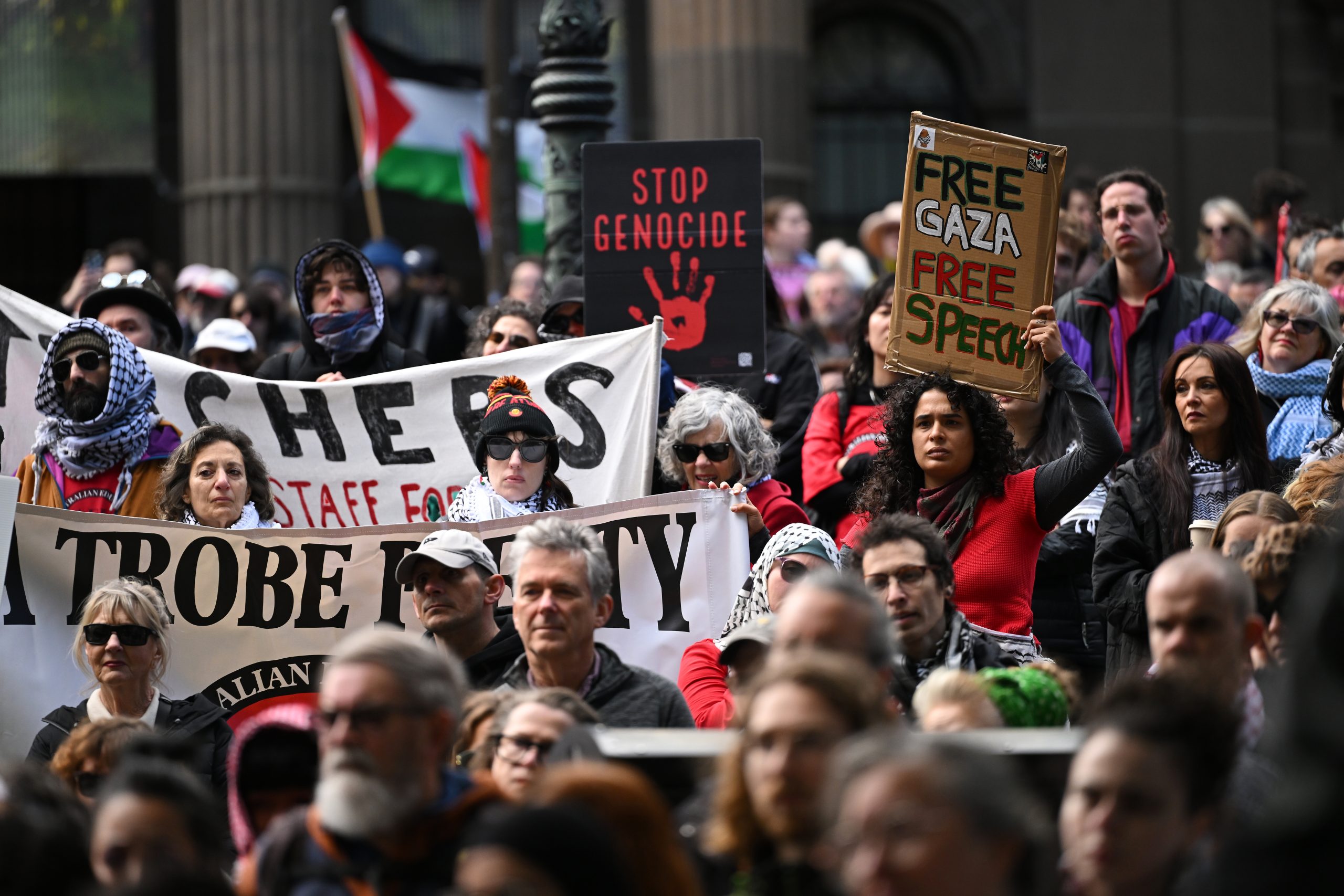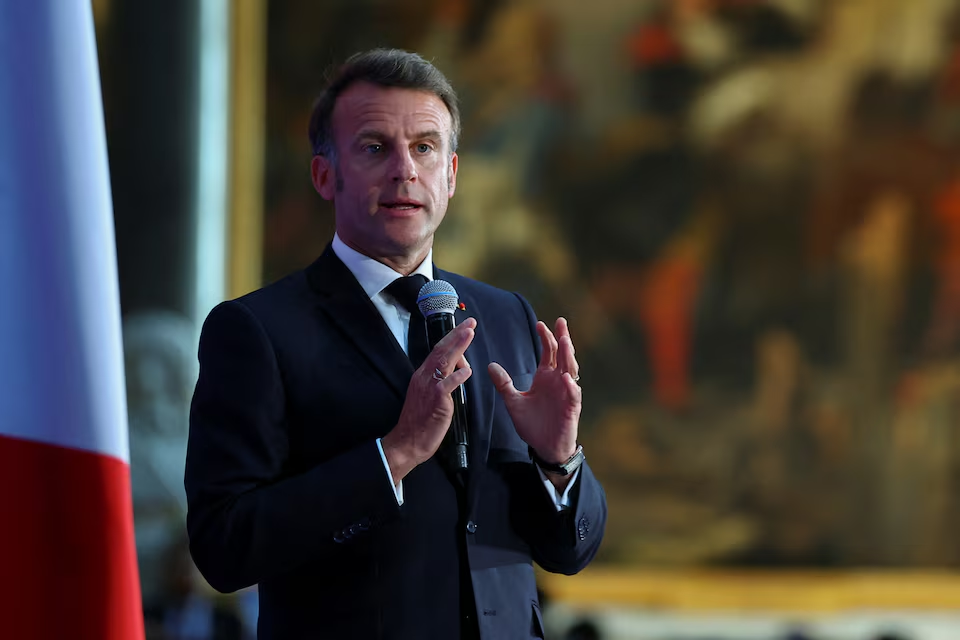The United States has launched a new humanitarian aid plan for Gaza, partnering with Israel and regional allies to distribute assistance through vetted Palestinian contractors. But the move has drawn sharp criticism from the United Nations, which warns the plan sidelines established aid agencies, undermines neutrality, and fails to address the root humanitarian crisis in the enclave.
The U.S. strategy — promoted as a way to deliver faster, more secure aid to civilians without empowering Hamas — would bypass UN oversight and rely on private contractors selected with Israeli and American input. This marks a significant shift away from the international norm of allowing neutral institutions like the UNRWA or WFP to lead distribution in conflict zones.
“This is not aid — it’s a political instrument dressed as relief,” a senior UN official told Reuters.
🚛 How the U.S. Plan Works
The U.S.-Israeli initiative focuses on identifying “clean Palestinian contractors” — local NGOs, businesses, or individuals unaffiliated with Hamas — to manage and deliver food, water, and medical supplies. These actors would be vetted by U.S. and Israeli intelligence services to minimize diversion of aid.
The plan comes amid intensifying fighting in southern Gaza, with pressure growing on Washington to ensure humanitarian relief continues despite Israeli military operations.
However, the UN and international NGOs argue that this approach:
- Compromises neutrality, by aligning aid with military agendas
- Undermines coordination, especially with agencies already operating on the ground
- Could lead to gaps in delivery and duplication of efforts
“It fragments an already fractured humanitarian response,” said a field coordinator with Médecins Sans Frontières.
🇺🇸 U.S. Justification and Strategy
The Biden administration defends the plan as pragmatic, saying existing UN mechanisms are too slow or compromised by Hamas control in Gaza. U.S. officials argue that bypassing UNRWA — which Israel accuses of bias and complicity — is necessary to rebuild trust and ensure supplies don’t empower militant groups.
One senior U.S. diplomat told Reuters the initiative is “temporary,” aimed at bridging gaps until security and governance conditions improve.
“This is about saving lives, not making political statements,” the official insisted.
🇺🇳 UN Concerns and Political Undercurrents
The United Nations has not officially rejected the plan but has expressed serious reservations. UN officials warn it could:
- Set a dangerous precedent for politicized aid
- Erode the international humanitarian system
- Make it harder to access populations in desperate need
The move also risks weakening the UN’s longstanding role in Gaza and diminishing support for multilateral frameworks of conflict relief — particularly at a time when trust in humanitarian access is already strained.
🧭 Wider Implications and Risks
Analysts say the plan could entrench Israel’s control over Gaza’s aid flow, giving it more influence over who receives assistance and under what conditions. This could further disempower Palestinian institutions, divide civil society, and complicate post-war recovery.
Meanwhile, humanitarian needs continue to soar. The World Food Programme warns that over 90% of Gaza’s population faces food insecurity, and medical facilities are near collapse due to ongoing hostilities.
“Aid without accountability or neutrality is not humanitarian — it’s leverage,” said a UN-affiliated policy expert.
What to Watch
- Whether other countries back or challenge the U.S. approach at the UN Security Council
- Implementation outcomes — will aid reach civilians or fall short amid red tape?
- Effects on UNRWA’s operational presence and donor confidence
- Possible legal or diplomatic blowback from international humanitarian law watchdogs
The U.S.-led aid model for Gaza reflects growing geopolitical distrust of multilateral institutions — but critics warn it may come at the cost of humanitarian impartiality and operational unity, right when Gaza’s 2.2 million civilians need it most.



